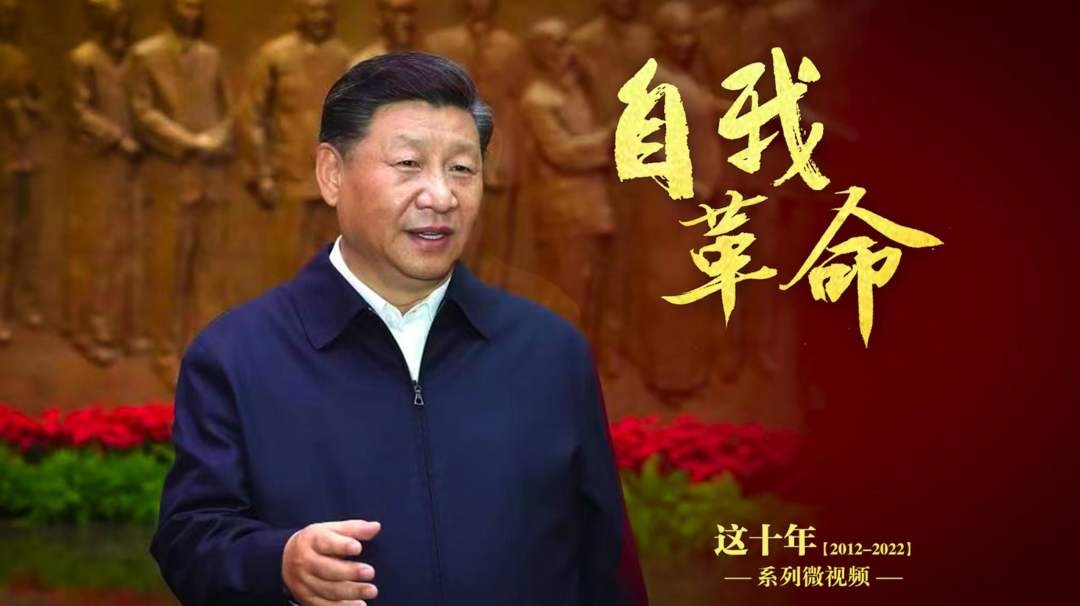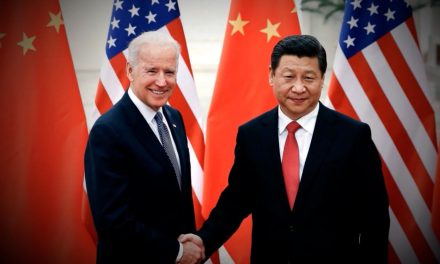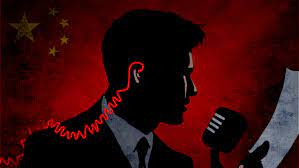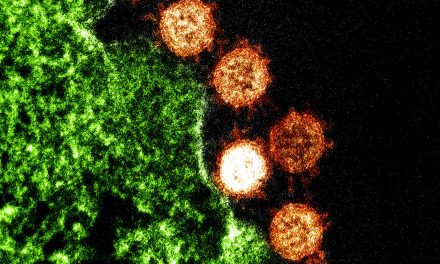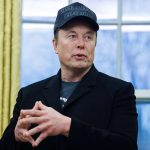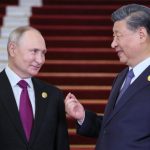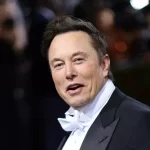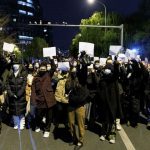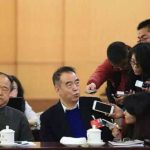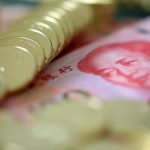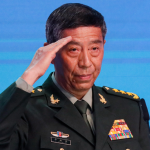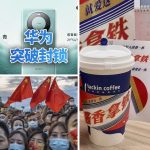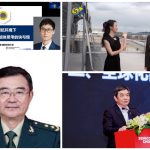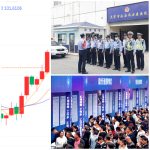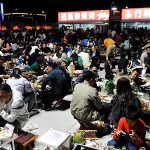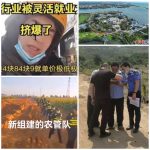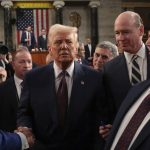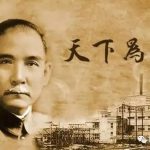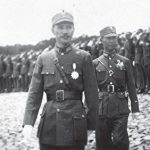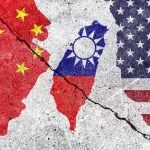By Wu Zuolai
Editor’s note: The term “self-revolution,” used recently by Xi Jinping himself, is used by the author throughout. It is a literal translation from the Chinese, and is in tune with specific historical events referred to below. Perhaps overall “self-transformation” or “self-remaking” is sometimes more accurate, but we stick with “self-revolution” throughout.
The three core essentials of self-revolution in the contemporary political field are:
First, a revolutionary remake of the old political system, and establishment of human rights at the center of the new one;
Second, revolutionize the ruling group and establish the people’s sovereignty based on universal values;
Third, hold the Party and top leaders accountable, and establish the principle that the Party is subordinate to the law.
Without such fundamental changes in the political system, it cannot be called a political revolution, or a self-revolution.
The Chinese Communist Party regime is indeed facing the difficult problem of self-revolution. And without such true self-revolution, it will inevitably trigger a major broad social revolution or collapse. What is Xi Jinping’s problem? He has called yet another internal rectification movement and the elimination of dissidents a self-revolution. The CCP’s rectification movements have always been conducted without the involvement of many top leaders, and the people primarily responsible for social collapse and power-based corruption are the core leaders of the party.
Intra-Party Struggle Is Not “Self-Revolution”
The recently published “Qiushi” [the CCP’s leading journal of theoretical Marxism] has published Xi Jinping’s article “Deepening the Party’s Self-Revolution.” His understanding of self-revolution is: “Various contradictions and problems are inevitable within the Party, and we must have the courage to turn the blade inward,” that is, to self-cleanse, and make party members more loyal and pure. In fact, this is not actually a self-revolution, but an internal rectification. The Communist Party when dealing with contradictions and conflicts with the people must also dare to do the same when dealing with its own internal contradictions and conflicts.
The Party’s early purge of its own Anti-Bolshevik Group [a group affiliated with the Nationalists, and thought by the CCP to have infiltrated them in the late 1920s] by the Party itself, the Yan’an Rectification Movement, and even the Cultural Revolution were all intra-party struggles and rectifications, political purges, and were neither real revolutions nor even authentic self-revolutions. When the top leader faces a power crisis, he will launch a grand revolutionary slogan to gain momentum and terrify and deter political dissidents.
After more than a decade of vigorous anti-corruption efforts by Xi Jinping, who has basically eliminated dissident political factions, he discovered that his own cronies were also corrupt and disloyal. In particular, high-level military officials have frequently engaged in collusion and other corruption, which has seriously affected Xi”s ability to achieve his dream of building a strong military.
In order to cope with the increasingly serious political and economic crisis of the party-state, Xi Jinping is using the blade of “self-revolution” to solve all problems as if he had grabbed a life raft. In his speech at the Third Plenary Session of the 20th Central Commission for Discipline Inspection at the beginning of the year, Xi mentioned this new term more than 30 times, and believed that Mao Zedong had proposed that the party accept the supervision of the people, and now he proposed the party’s self-revolution, which is “in line with the situation and needed tasks.” In other words, Xi sees the self-revolution he proposed as a supplement to and even upgrade of Mao Zedong thought.
Xi Jinping has not reflected on the fact that Mao Zedong’s so-called acceptance of the people’s supervision has never been truly realized, because “the people’s” media are controlled by the party, “the people’s” representatives are appointed by the party, and “the people” can only follow prevailing political trends.
Xi Jinping personally listed the “Nine Essentials” of internal revolution, at the core of which are no more than three:
Guarantee the centralized and unified leadership of the CPC Central Committee; be guided by Xi Jinping thought; and have the strategic goal of breaking out of the historical cycle.
With these three rules in place, the self-revolution of the Chinese Communist regime is nothing more than Sun Wukong doing somersaults in the hands of Tathagata Buddha [a reference to a sixteenth-century Chinese literary work, “Journey to the West”].
More importantly, Xi Jinping does not understand what reform and improvement are, and what revolution and subversion are. Rectification and cleaning house within the old system and laws is reform, while subverting and deconstructing the old system is actual revolution.
Xi Jinping’s “reform” is aimed at closing the country and society and enhancing the authority and centralization of the party and the leader. It is a reform against political civilization and universal values. And now Xi Jinping’s “revolution” is a revolution against the progress of human civilization. When Party power conflicts with human rights, Xi Jinping strengthens Party spirit and enhances the Party”s totalitarianism, suppressing and persecuting human rights. Therefore, Xi’s self-revolution is nothing more than using a grand political narrative, like Mao Zedong’s waging of the Cultural Revolution, to cover up the true face of his dictatorship.
Chinese Politics Needs a Genuine Self-Revolution
When will a great revolution happen? When social contradictions and conflicts are irreconcilable, only through a change of dynasty can social order be rebuilt and social justice be restored. The first person to be held accountable in a great revolution is the supreme ruler. Revolution requires not only a revolution in ideas, but also a revolution in human institutions.
Self-revolution by the rulers has never taken place on their own initiative. It is always forced upon them by the times. The rulers judge the situation and give up political power through compromise to avoid the bloodshed and civil war of a great revolution. In a sense, this is a self-revolution that is achieved. An example is Britain’s Glorious Revolution.
Since the late Qing Dynasty, for more than a hundred years, what Chinese society lacked the least was “revolution.” What it lacked the most was real revolution, or self-revolution. Revolutions that overthrew the old system were all termed “successful,” while self-revolutions that established new systems were not. Failure again and again.
The preparation for constitutionalism in the late Qing Dynasty did have a certain self-revolutionary nature. The administrative sovereignty of the country was thus returned to the “people.” However, because the Qing court was not sincere and timely in establishing a constitution, it was eventually overthrown in the Xinhai Revolution.
Although the Kuomintang’s national revolution was also a one-party dictatorship, it had three phases: military rule, tutelary rule, and constitutional government. On Taiwan it eventually achieved self-revolution and transformed the party-state political model into a true Republic of China political system.
The CCP established a coalition government with democratic parties. It established a democratic country in name, with the people sovereign under the constitution. However, after establishing the regime, it deprived the people of their private property in the economy and deprived the citizens of their freedoms in politics. The socialist revolution went to the opposite side and became an anti-social and anti-human revolution. Instead of gaining freedom and liberation, the Chinese people were subjected to institutional enslavement.
After Mao Zedong step by step established the party’s dictatorship, he turned it into his own dictatorship through the Cultural Revolution. After the end of the Mao era, so-called reform and openness did not involve any institutional revolution by the Communist Party. The nature of the party’s rule did not change, nor did the socialist system. China only saw change in the economic field, but no self-revolution in the political one.
In 1989, when the Chinese democracy movement emerged, the CCP could have followed the will of heaven, responded to the people and carried out a self-revolution, but it chose to use tanks and bullets to “revolutionize” the people. Later and to some degree in contrast, the Soviet Union and the Eastern European communist camp had a series of passive self-revolutions via the withdrawal of the Soviet Union and Eastern European Communist Parties from the stage of history. This was a result of the times, but also had certain self-revolutionary attributes.
In short, in the past revolutions were about claiming the Mandate of Heaven, gaining legitimacy by complying with public opinion, and rebuilding order and peace. Modern political revolutions are about deconstructing the rulers’ self-proclaimed sacred mission, and transforming society from one based on the sacred power of the party to the sacred power of the people. Xi Jinping has no choice but to bid farewell to leadership by the Party. All concepts and core authoritarian systems are capable of achieving this true “self-revolution.”
Wu Zuolai is an independent journalist from China, living in the United States.
This piece was translated from Yibao Chinese. If republished, please be sure to add the source and link https://www.yibao.net/?p=247932&preview=true before the text when reposting.
The author’s point of view does not necessarily represent that of this journal.

